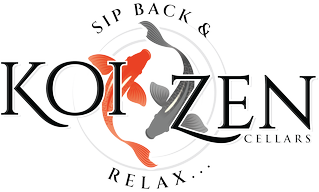I hope you all had a chance to take a moment to LOOK at your wine over the last week; now we are going to start Smelling the wine!
On Monday, Lisa and I and two great club members ventured down to the Guadalupe Valley in Mexico for some relaxation and wine tasting, needless to say, I “looked” at a lot of wine. If you didn’t get a chance to read last week’s blog, you can do so here.
This week I want you to concentrate on smelling your wine. So after taking a good long look, the next step is to SMELL your wine. So gently pick up your glass and sniff lightly at the rim of the glass. What you smell will be the lightest esters and depending upon the wine may be very hard to detect.
Take your time and try to analyze what you smell. Is it fruit, earth, minerals, or does it smell unpleasant?
Close your eyes and try to remember what you smell, that’s right REMEMBER. Your retronasal olfactory pathway is directly wired into your memory center; maybe that why roasted turkey reminds so many people of the holidays, and cotton candy reminds us of the county fair.
Next swirl your glass to release the heavier esters. This time jam your nose into the glass and inhale deeply engaging your othonasal olfaction.Now smell the wine. Is there a difference in the aromas or intensity? Which is stronger? What is the difference? And remember what that wine, brand and varietal smells like.
Many people say that they don’t have a very “sophisticated” palate, well the good news it you can train your palate very easily. Since smell is related to memory, just smell EVERYTHING, and remember what you smell. With practice you will be amazed at what you can smell and be able to identify it. Smell spices, foods, plants, flowers, earth. Walk through a grocery store just smelling things; what does a card board box smell like? What about wet concrete or a worm? What about cherries, strawberries, green peppers, raspberries; these are all common wine aromas.
Every time you smell something, try to identify it and then remember it. Be patient and focused.
You can also detect a lot of wine faults just be smelling the wine; but that will be the topic for next week’s blog.
So this week, just take your time smelling things; smell your wine, your food, the places you go and the products you use. So your homework for next week is to be able to recognize the difference between berries and citrus in blind sniff off. Come to the winery next week and put your skills to a test, you might be rewarded with a little prize.
“No, I am not drinking wine. I am studying”
Cheers
